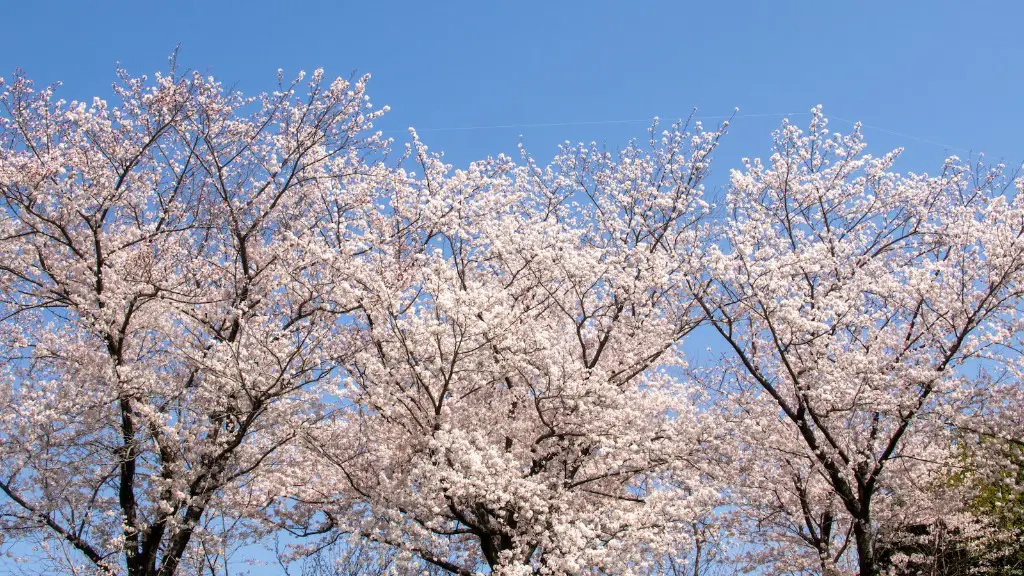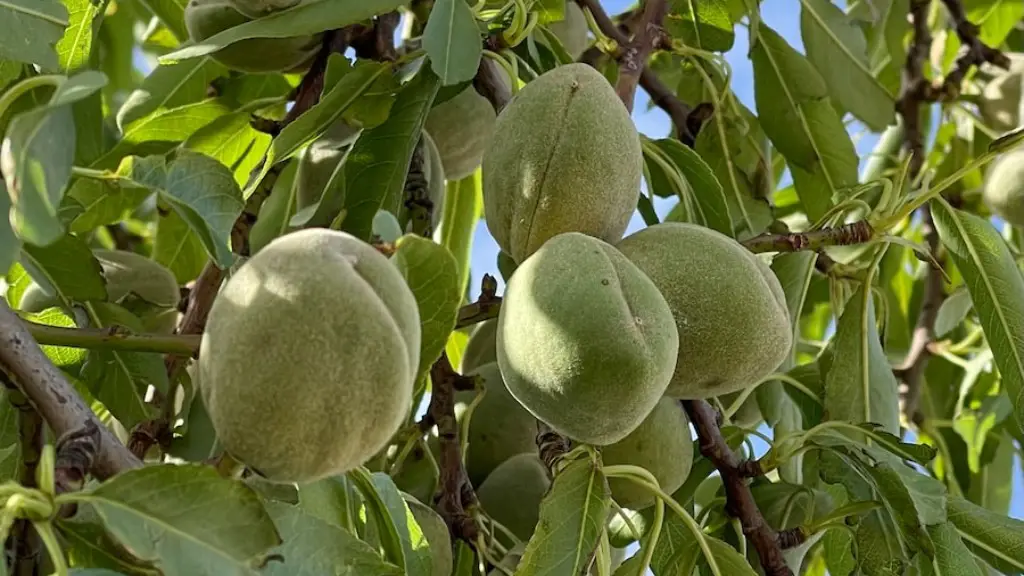Materials
Painting a cherry blossom tree with watercolor is an enjoyable and rewarding experience. Before you can begin, you need to make sure you have all the necessary materials. Watercolor paints, a brush, and paper are all required. Furthermore, it’s important to make sure you have a good quality paintbrush, as it will help to ensure the best results. Additionally, you may wish to have other materials such as a pallet, pencil, eraser and/or masking fluid on hand.
Preparing the Paper
The preparation of the paper is an important step that should not be rushed. If you are using a hard watercolor paper, it is usually a good idea to ‘stretch’ the paper before you begin painting. To do this, place a sheet of paper on a flat surface, and dampen the back with a damp cloth. Once the paper is dampened, use two pieces of cardboard to press the paper flat. This will help to prevent the paper from warping as you are painting.
Preliminary Sketching
Once you have prepared the paper, it’s time to start sketching out your cherry blossom tree. You can choose to use a pencil to lightly draw the outline of the tree, or alternatively use masking fluid to create a more precise outline. Whichever option you choose, make sure the outline is drawn lightly, as this will ensure the greatest level of accuracy.
Painting the Sky
Before you begin painting the tree itself, you should start by painting the sky. Using your watercolor paints, apply a light wash of color to the area surrounding the tree. This will help to create a more natural look and will add dimension to your painting.
Painting the Tree and Blossoms
When it comes to actually painting the tree and blossoms, the key is to use layers of paint. Start by applying a light wash of color to the tree, and then add darker layers of paint as you progress outward. This will help to create depth and dimension. For the blossoms, use a mix of colors that blend together. Then, use a pencil or a round brush to draw the petals of the blossoms.
Finishing Touches
Once you have completed the painting of the tree and blossoms, it’s important to give the painting some ‘finishing touches’. For example, you can use a paper towel to ‘blot’ certain areas of the painting and add texture. Additionally, you can add small details such as birds flying, leaves, and other elements to make your painting more interesting.
Practice and Perseverance
As with any artistic endeavor, practice and perseverance are key to success. Painting a cherry blossom tree with watercolor is no exception. By taking your time and experimenting with different techniques, you can create a beautiful, unique painting that will be cherished for years to come.
Color Blending and Mixing
When painting a cherry blossom tree with watercolor, it is important to consider the colors that you plan to use. To create a natural-looking painting, it is important to blend the colors properly and mix them in subtle ways. Additionally, it is important to experiment with different tones and shades of color to ensure that your painting has the desired affect.
Background Elements
Including some kind of background element, such as a landscape or an object of interest, can add a great deal of depth and substance to your painting. Whether you decide to include a house, a river, a mountain range, or something else entirely, adding a background element can take your painting to the next level.
Light and Shadow
Adding light and shadows to your painting is a simple yet effective way to give it depth and life. When creating shadows, try to use subtle gradations of color to create a more realistic effect. Additionally, experiment with different intensities of light and shadow to further enhance your painting.


